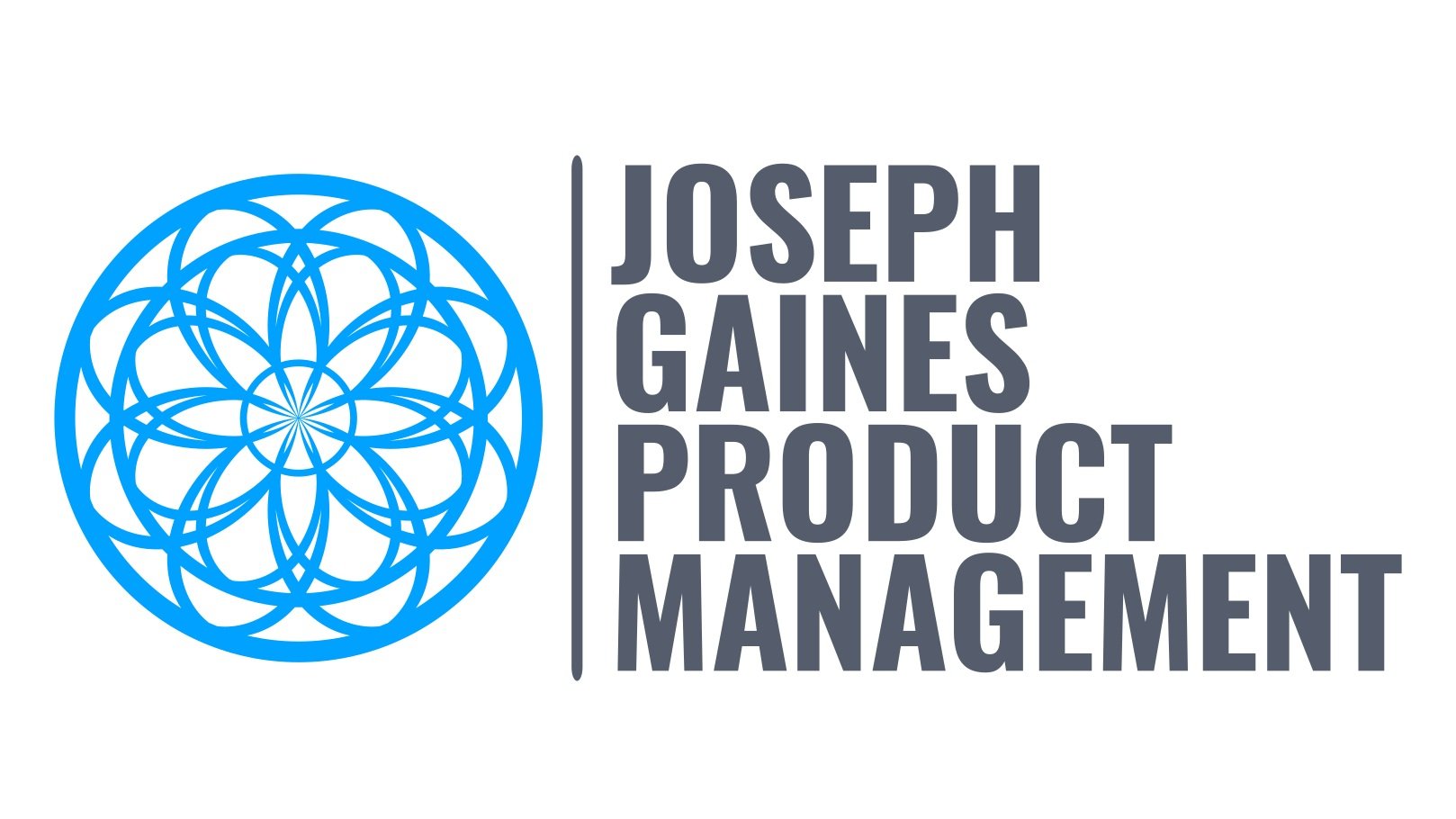"Solar will be like the gas of today."
Michelle Davis (Photo: Wood Mackenzie).
“Solar will be like the gas of today,” says Michelle Davis, Head of Global Solar at Wood Mackenzie and a guest on a recent episode of the The Carbon Copy. Davis points out that, by 2050, solar will likely account for 40% of the U.S. electricity supply.
So, utility scale solar has finally become a mature industry — on that few people who work in the field would disagree. But what does growth look like for a market simultaneously shaken in recent years in by supply chain disruptions but also turbocharged (pun completely intended!) by the Inflation Reduction Act (IRA)?
Davis observes that 2024 will likely see a slowing of growth because of the same constraints that are affecting utility-scale deployment worldwide, namely: supply chain issues, grid capacity, and (certainly in the US, anyway) years-long interconnection queue backlogs.
Other topics of interest in this episode:
China has dominated solar manufacturing for the last 15 years, and all signs indicate that they will continue to do so for the next 15 years, as well. However, China is still subject to the same dampers on deployment as everywhere else.
Pandemic-era supply chain disruptions have changed the way solar gets built worldwide. In the “before times” (before COVID, that is), developers generally relied on “just in time” purchasing in order to get their projects built. No more, however.
The biggest unanticipated factor in an otherwise bullish U.S. solar development market has been the slowness of regulations to be rolled out by the IRS and other federal entities. Development is still moving along brisky, post-IRA, but with a bit of a delay to the overall ramp-up in U.S. development.
“The U.S. industry craves not being so vulnerable to different types of political risk,” Davis points out. And yet here we are a in another pivotal election year…
Two key renewable energy tech trends to watch:
1) Solar module technology changes (moving from P-type to N-type semiconductors, for example).
2) Attachment rates, i.e. how frequently battery storage is built alongside new solar (whether utility-scale or otherwise).
Biggest unanswered question going forward:
“How long do we have before solar starts eating itself?” In other words, will battery storage deployment be able to keep pace with solar such that overbuilt solar doesn’t consistently push midday prices into negative territory?
Only time will tell… great episode, though!

